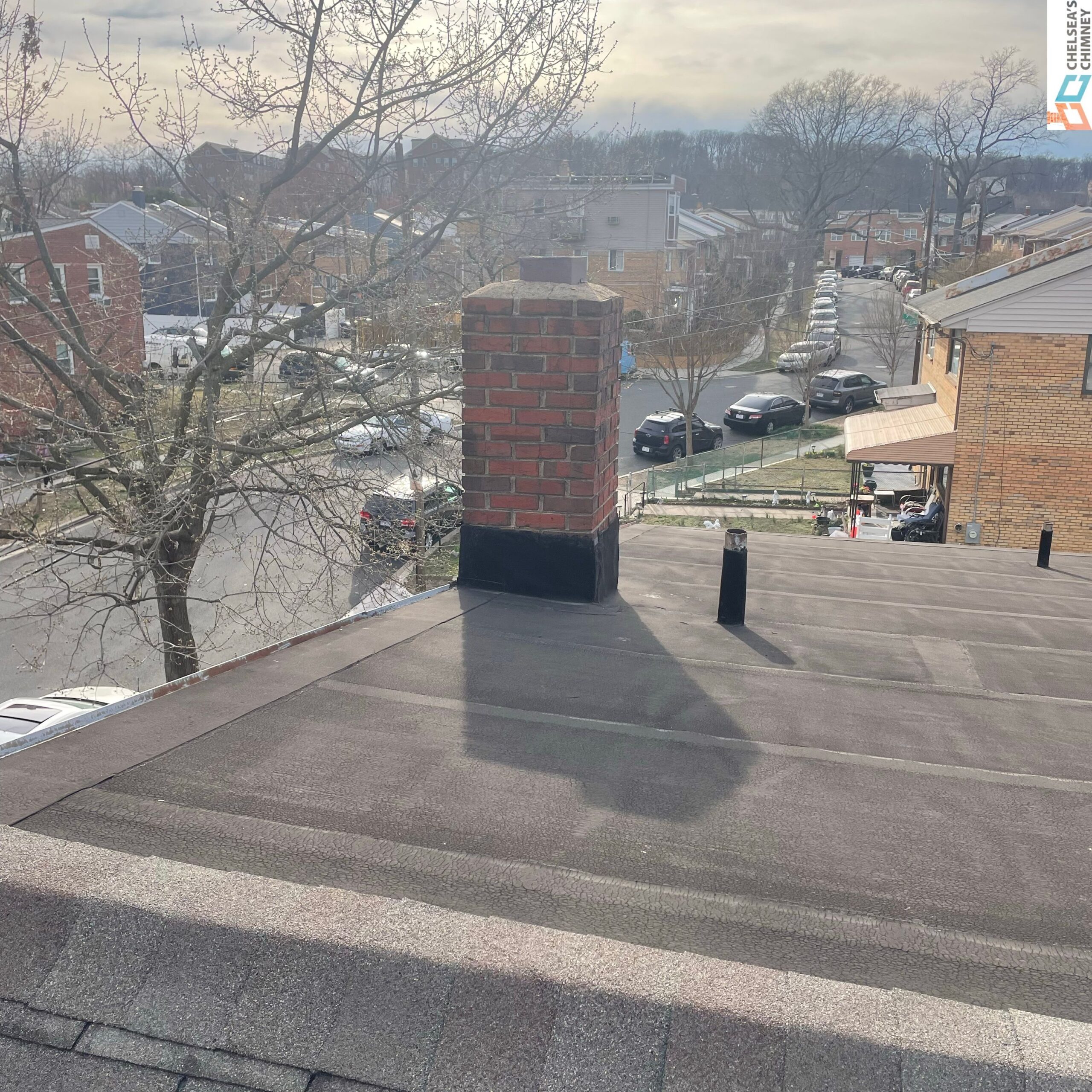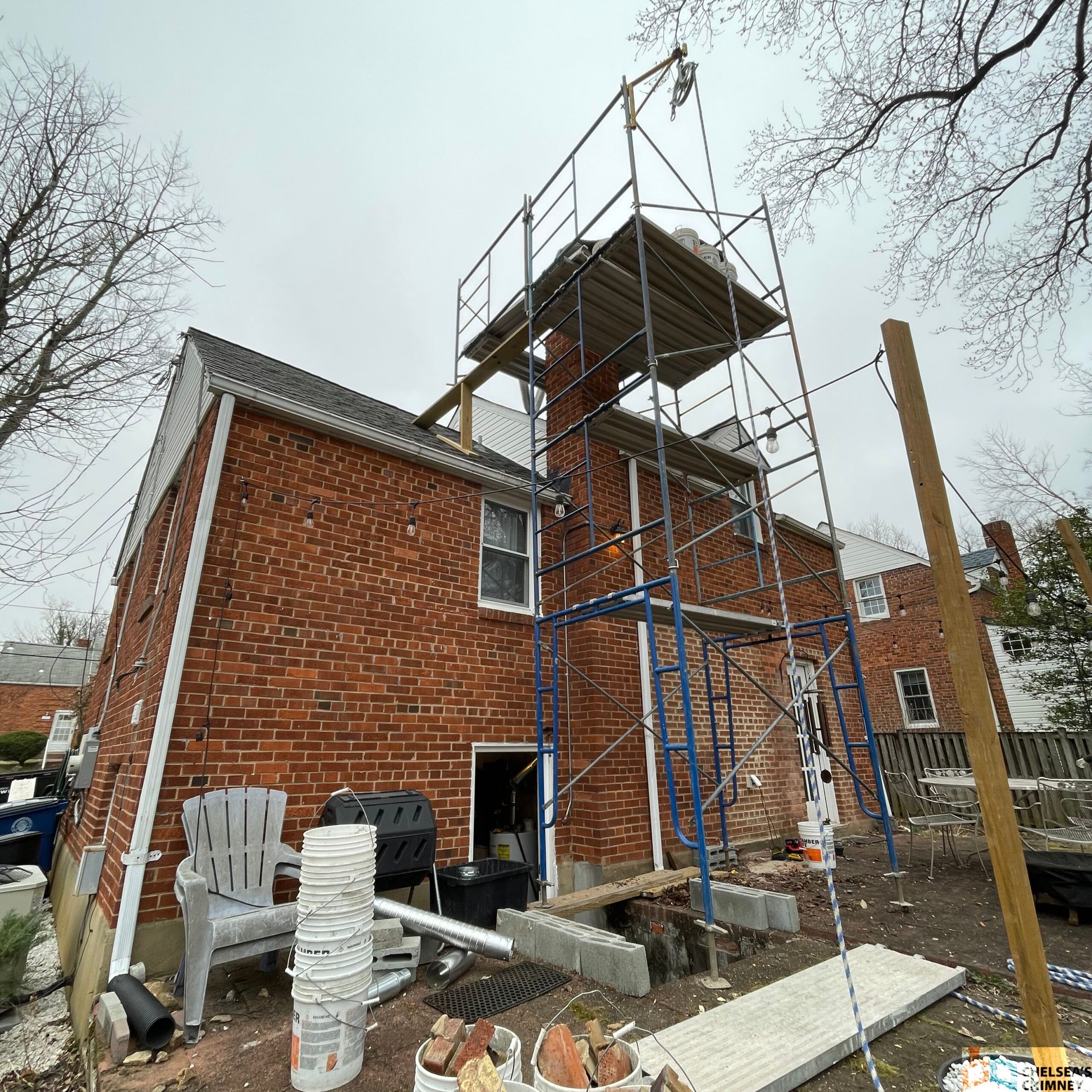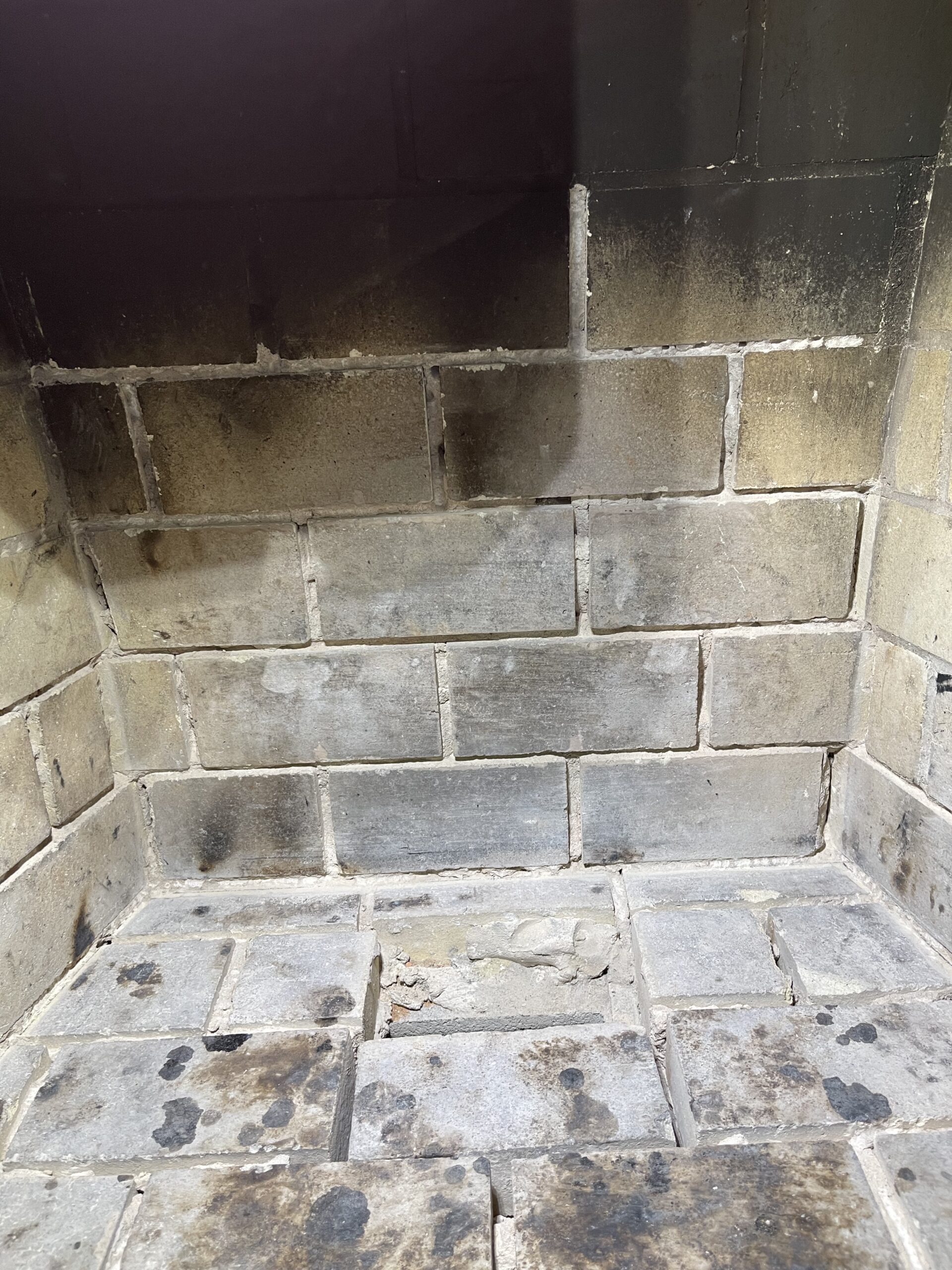If you’re in Eldersburg, MD, and suspect your chimney might need to be relined, there are several signs to look for. Chimney relining is essential for maintaining safety, efficiency, and the structural integrity of your chimney. Here’s how you can tell if it might be necessary:
1. Cracked or Damaged Flue Liner
- Visible Cracks: During a chimney inspection, if cracks or damage to the flue liner are visible, it’s a clear sign that the chimney needs to be relined. A damaged liner can allow dangerous gases, such as carbon monoxide, to seep into your home.
- Flue Tiles in the Fireplace: If pieces of flue tiles are found in the fireplace or at the base of the chimney, it indicates that the liner is deteriorating and needs to be replaced.
2. Creosote Buildup
- Excessive Creosote: A significant buildup of creosote inside the chimney can indicate that the flue liner is not functioning properly. Creosote is highly flammable, and excessive buildup can increase the risk of a chimney fire.
3. Poor Draft
- Ventilation Issues: If your chimney is not drafting properly—meaning smoke is not effectively exiting the chimney—it could be due to a damaged or incorrectly sized liner. Poor draft can lead to smoke backdrafting into your home, which is both unpleasant and hazardous.
4. Efflorescence
- White Staining: Efflorescence, or a white, powdery residue on the outside of the chimney, can indicate moisture problems. This moisture can damage the flue liner over time, necessitating a relining.
5. Age of the Chimney
- Older Chimneys: If your chimney is old and has never been relined, it might not meet current safety standards. Older clay tile liners, for example, may have deteriorated over time and no longer provide adequate protection.
6. Chimney Fire
- Previous Fire Damage: If your chimney has experienced a fire, the intense heat can cause significant damage to the liner, requiring a replacement to ensure safety.
7. Change in Fuel Type
- Switching Fuels: If you’ve changed the type of fuel you’re using in your fireplace—such as switching from wood to gas—the existing liner may not be suitable. Different fuels require liners made of specific materials that can handle the byproducts of combustion.
8. Upgrading the Fireplace or Stove
- New Appliance Installation: If you’re installing a new fireplace insert or stove, the existing chimney liner might not be compatible with the new appliance. In such cases, a new liner might be necessary to ensure proper ventilation and safety.
Conclusion:
If you notice any of these signs, it’s important to have a professional chimney inspection to determine





